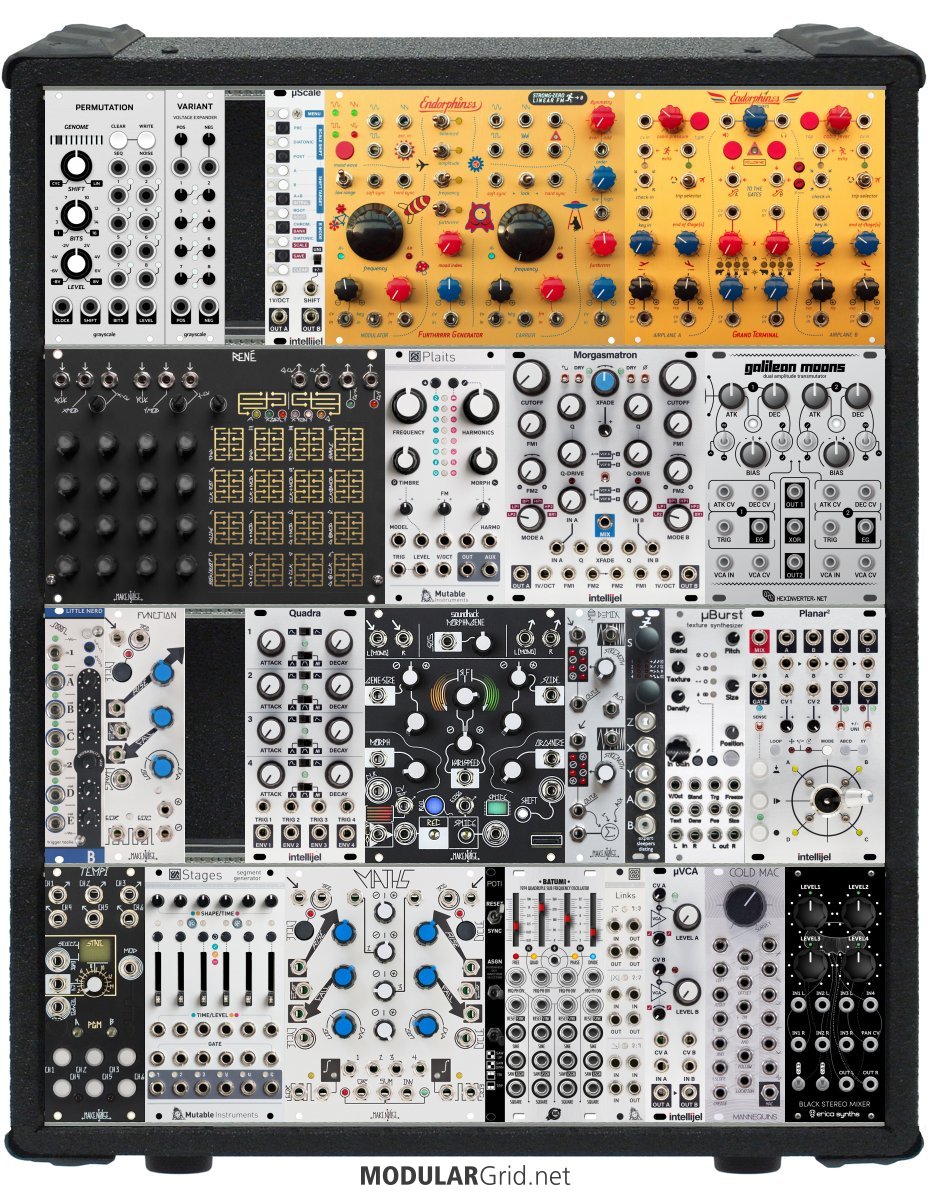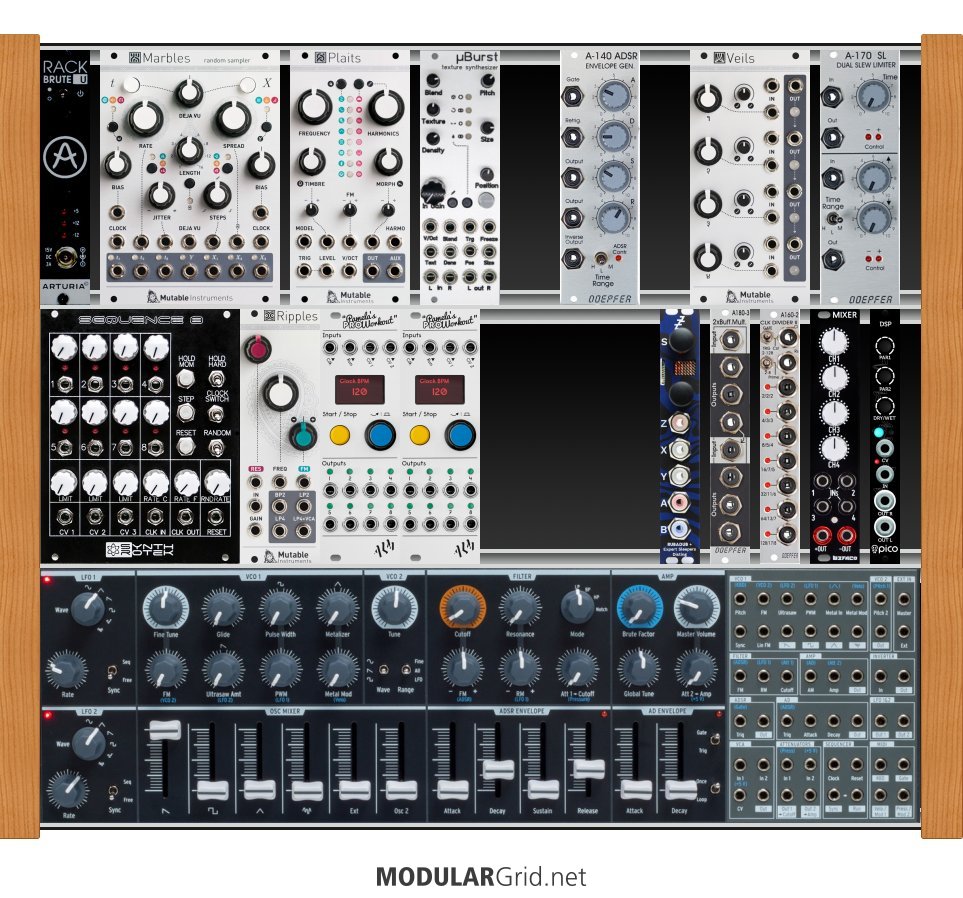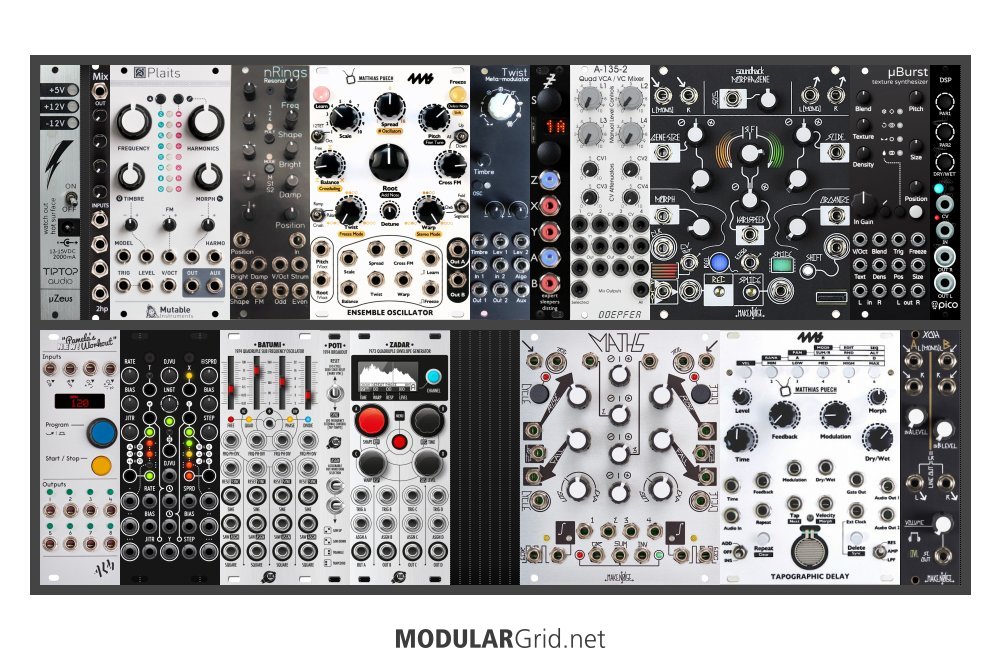It would be super useful if each module page showed similar modules to the one you're currently looking at. I realise that this is not an easy problem to solve, but I figured it would be worth starting a discussion, as I have at least a partial solution:
Use the "similar racks" feature (with improvements suggested in the "feature request" thread), and look for modules that are not shared across similar racks. The idea here is that "similar racks" probably fall into vague rack-types, like sound-design racks, or live-performance racks, or ambient racks, etc. If a lot of sound-designy racks share a lot of modules, but rarely share two particular modules, then there's a fair chance that those two modules cover similar ground.
One example might be Make Noise Maths and Befaco Rampage - they aim to do similar things, and so it's unlikely that they'll appear both in a single rack. Another example might be something like Mutable Instruments Peaks and ALM's Pip Slope or Hikaki's Triple AD - each provides one or more simple, loopable envelopes, and so fills a similar niche in the eurorack ecosystem.
If there is any (anonymised) rack data available, I would be keen to have a crack at a proof of concept model for this.

